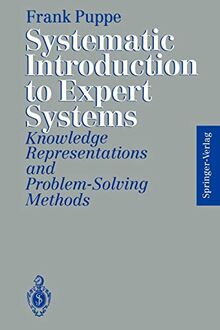
At present one of the main obstacles to a broader
application of expert systems is the lack of a theory to
tell us which problem-solving methods areavailable for a
given problem class. Such a theory could lead to significant
progress in the following central aims of the expert system
technique:
- Evaluating the technical feasibility of expert system
projects: This depends on whether there is a suitable
problem-solving method, and if possible a corresponding
tool, for the given problem class.
- Simplifying knowledge acquisition and maintenance: The
problem-solving methods provide direct assistance as
interpretation models in knowledge acquisition. Also, they
make possible the development of problem-specific expert
system tools with graphical knowledge acquisition
components, which can be used even by experts without
programming experience.
- Making use of expert systems as a knowledge medium: The
structured knowledge in expert systems can be used not only
for problem solving but also for knowledge communication and
tutorial purposes.
With such a theory in mind, this book provides a systematic
introduction to expert systems. It describes the basic
knowledge representations and the present situation with
regard tothe identification, realization, and integration
of problem-solving methods for the main problem classes of
expert systems: classification (diagnostics), construction,
and simulation.